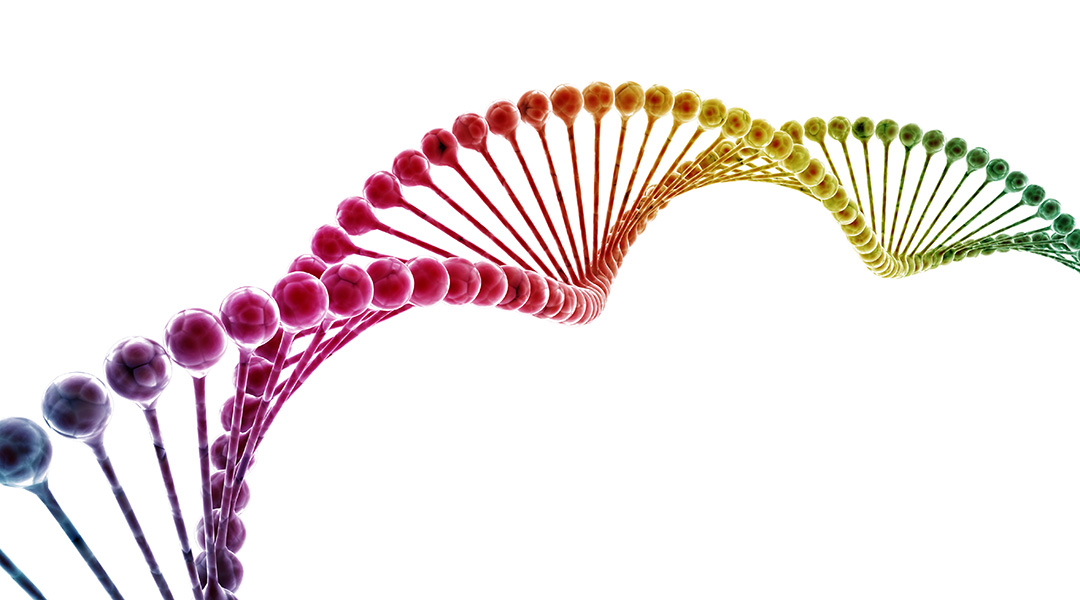The remarkably agile arms of the octopus are a source of inspiration for the design of autonomous robots.


The remarkably agile arms of the octopus are a source of inspiration for the design of autonomous robots.

A new fabrication technique for aerospace components uses a carbon nanotube film to produce large composites without the need for large ovens or autoclaves.

Screening an almost infinite number of elemental combinations in search of new alloys for catalysis requires a creative approach.

The current barriers of CRISPR/Cas9 delivery and promising development of nanoparticle-based approaches for precise gene editing.

Scientists have functionalized a simple nano-building block to form self-assembling molecular networks that exhibit exceptional properties.

Researchers at Caltech and Stanford use microelectronics to enhance jellyfish swimming.

Scientists developed cryogenic memory cells that could be orders of magnitude faster than existing memories while consuming very little power.

Understanding how viruses protect their genome can now be accomplished using physics-based techniques.

Researchers from UC Berkeley are utilizing deep learning to bypass iterative finite element calculations. Their deep learning model is trained using finite element simulation data to predict the deformation behavior of favorable designs.

Azopolymer material allows light-assisted imprinting of nanostructures for structurally colored surfaces.